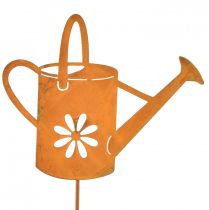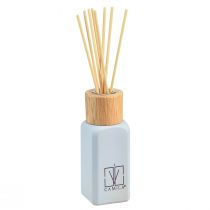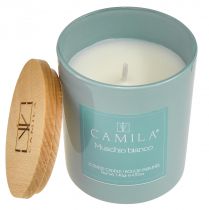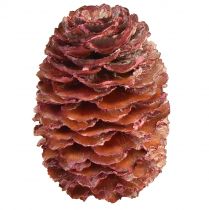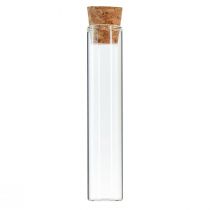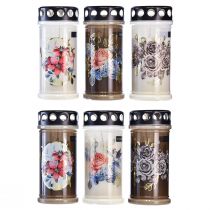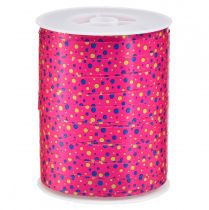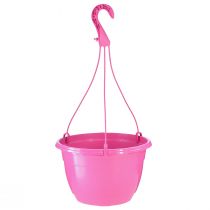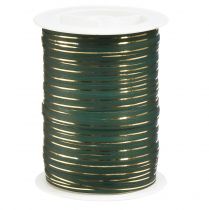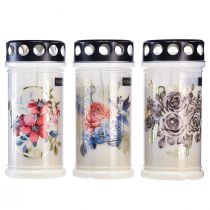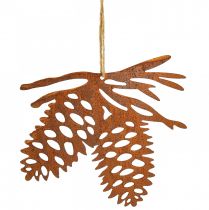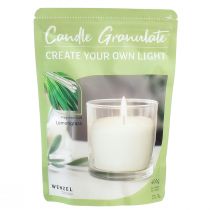grave arrangement
![]() The grave arrangement refers to a special form of arrangement, which is placed at funerals or after the burial of a deceased on the tomb and here several days or weeks remains. The grave arrangement is next to the funeral wreath is the most popular variant to express his sympathy at the departure of a loved one and do so in a floral form. In most cases, the grave arrangement is not designed individually by a grieving person, but most fall back on the professional services of a gardener or a floristic operation, which already have prefabricated arrangements depending on the orientation of their business. An expert support in the design of the grave arrangement is especially for aesthetic reasons, to make a form and color-safe choice for this element of mourning and to send the deceased a worthy farewell. Similar to funeral wreaths, it is also possible for a flower arrangement to finally incorporate a funeral ribbon into the arrangement on which a final, personal greeting message can be found. Also, the origin of a arrangement is made clear by such a volume, for example, by the kinship relationship with the deceased is written down. Both as individual pieces as well as in larger quantities for the professional Floristikbetrieb can be found in the range of floristik21.de multi-faceted grave arrangements.
The grave arrangement refers to a special form of arrangement, which is placed at funerals or after the burial of a deceased on the tomb and here several days or weeks remains. The grave arrangement is next to the funeral wreath is the most popular variant to express his sympathy at the departure of a loved one and do so in a floral form. In most cases, the grave arrangement is not designed individually by a grieving person, but most fall back on the professional services of a gardener or a floristic operation, which already have prefabricated arrangements depending on the orientation of their business. An expert support in the design of the grave arrangement is especially for aesthetic reasons, to make a form and color-safe choice for this element of mourning and to send the deceased a worthy farewell. Similar to funeral wreaths, it is also possible for a flower arrangement to finally incorporate a funeral ribbon into the arrangement on which a final, personal greeting message can be found. Also, the origin of a arrangement is made clear by such a volume, for example, by the kinship relationship with the deceased is written down. Both as individual pieces as well as in larger quantities for the professional Floristikbetrieb can be found in the range of floristik21.de multi-faceted grave arrangements.

